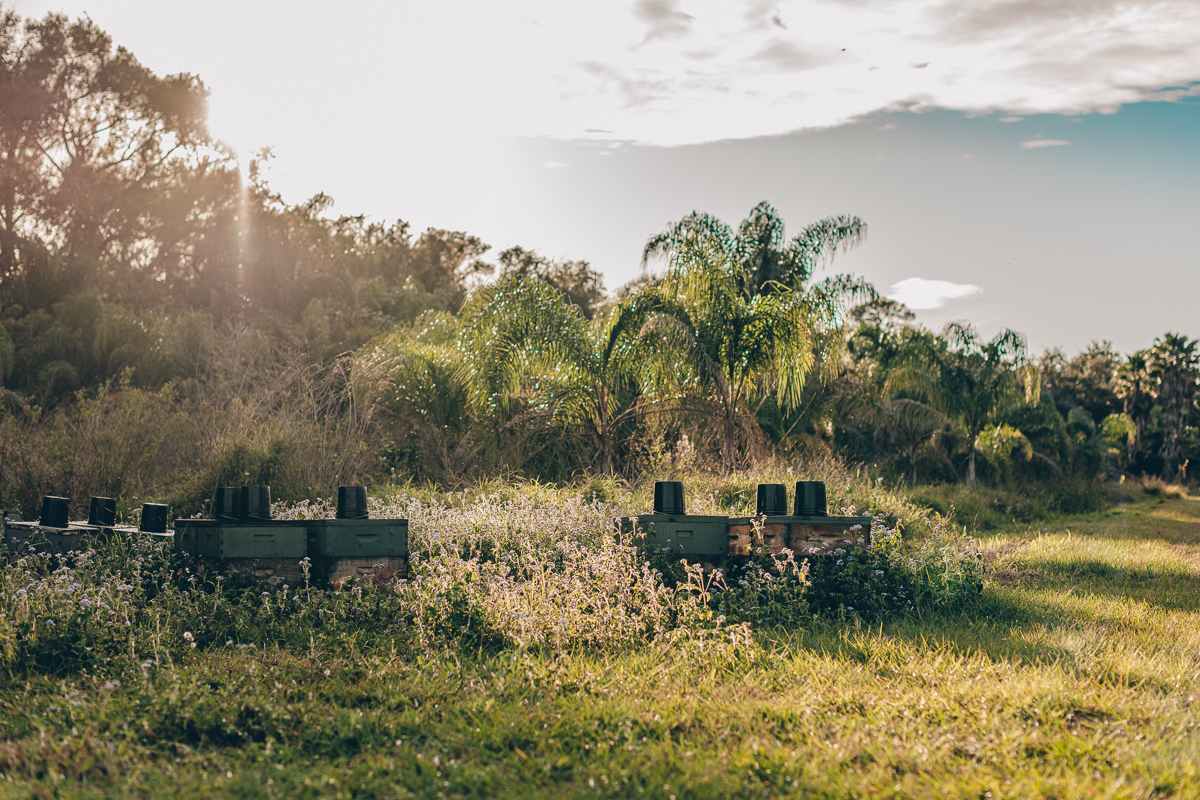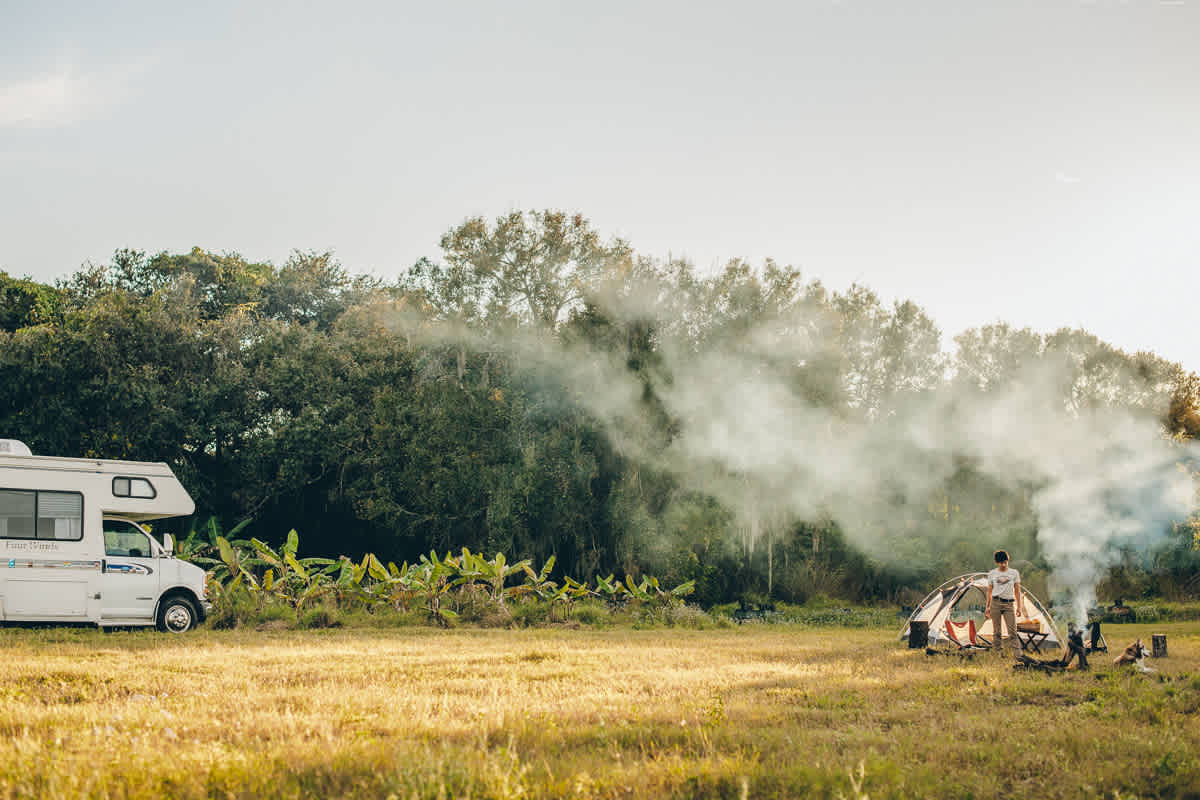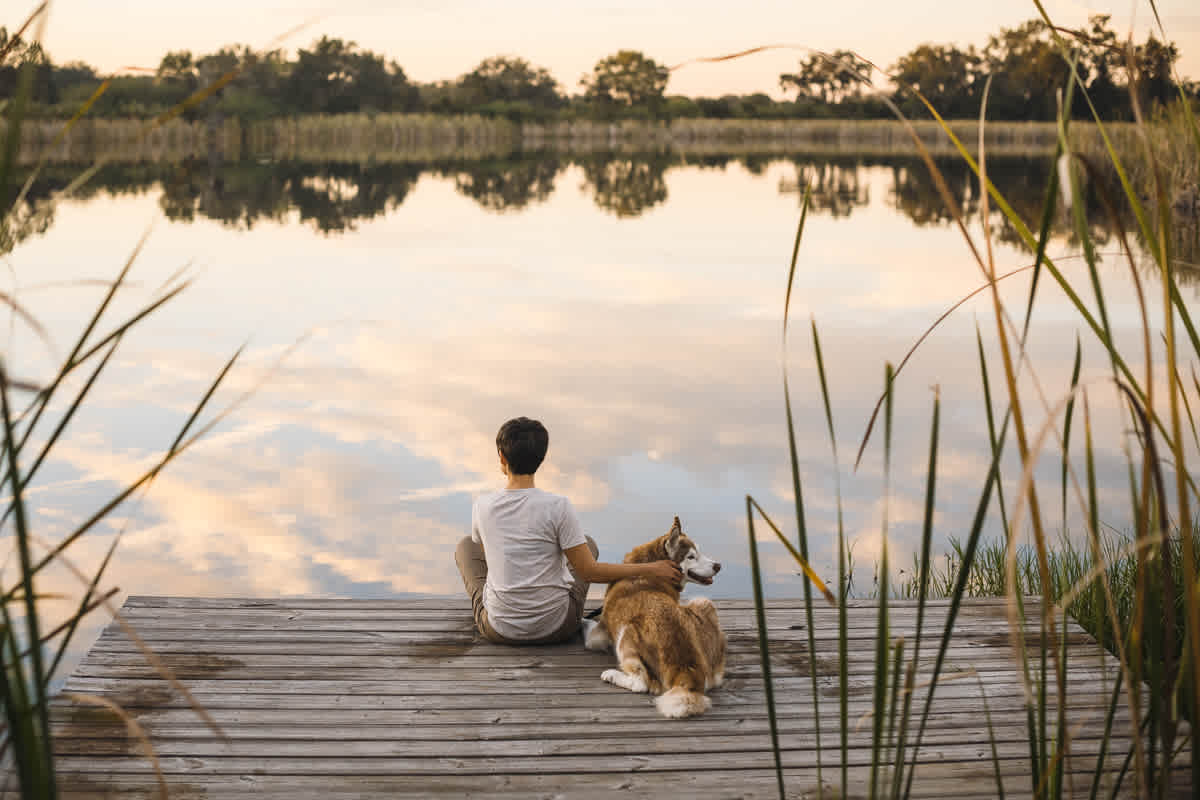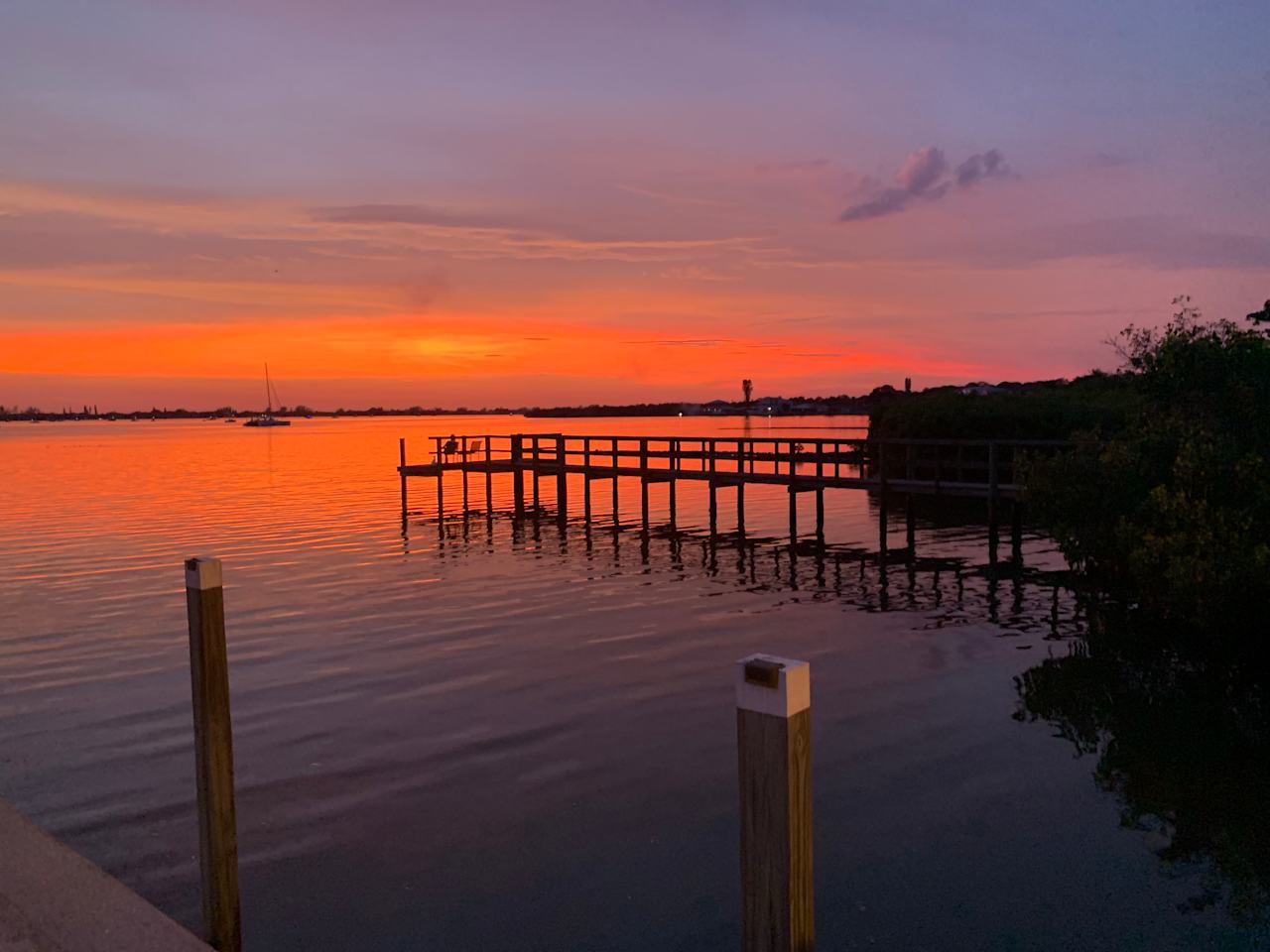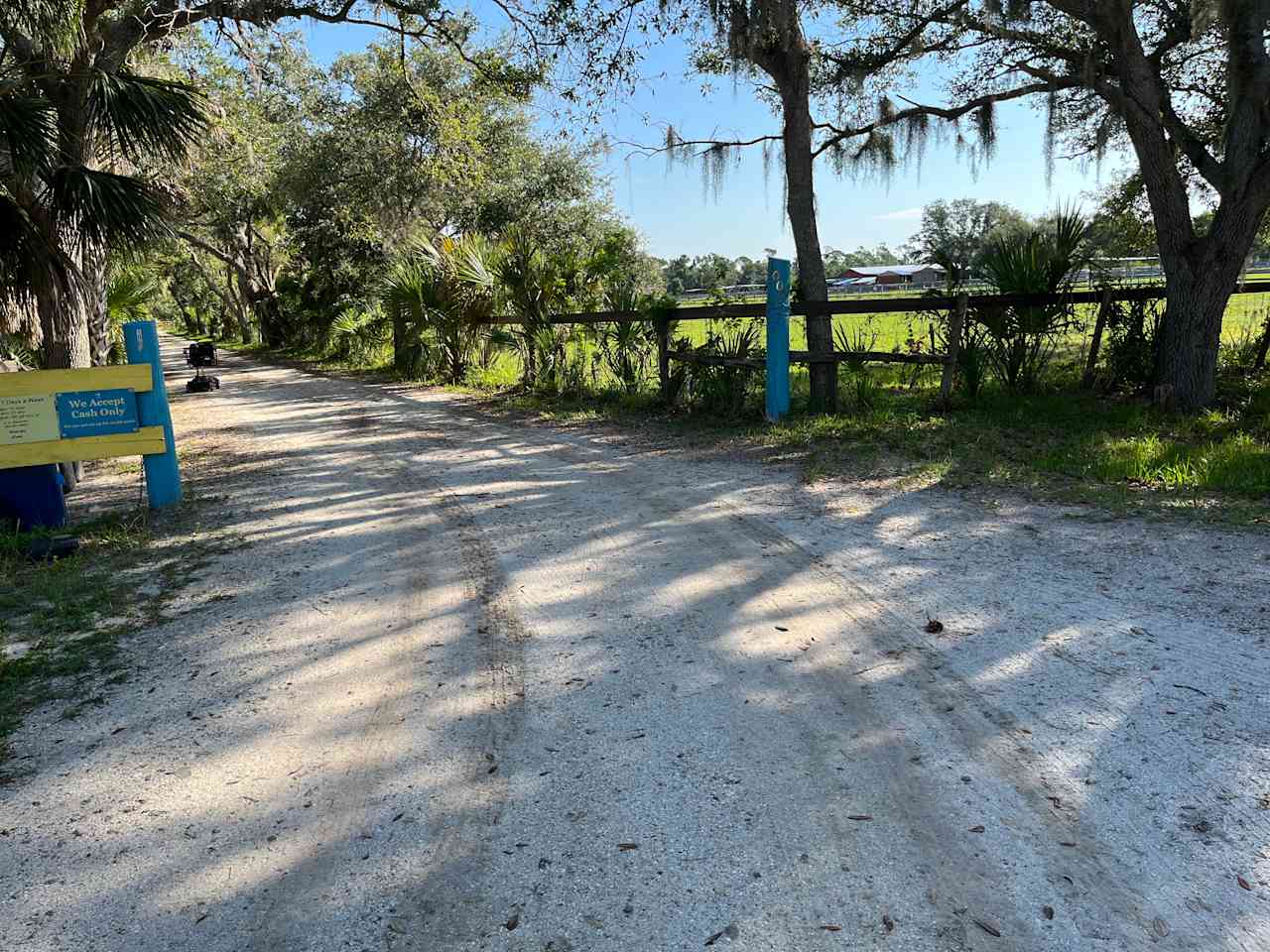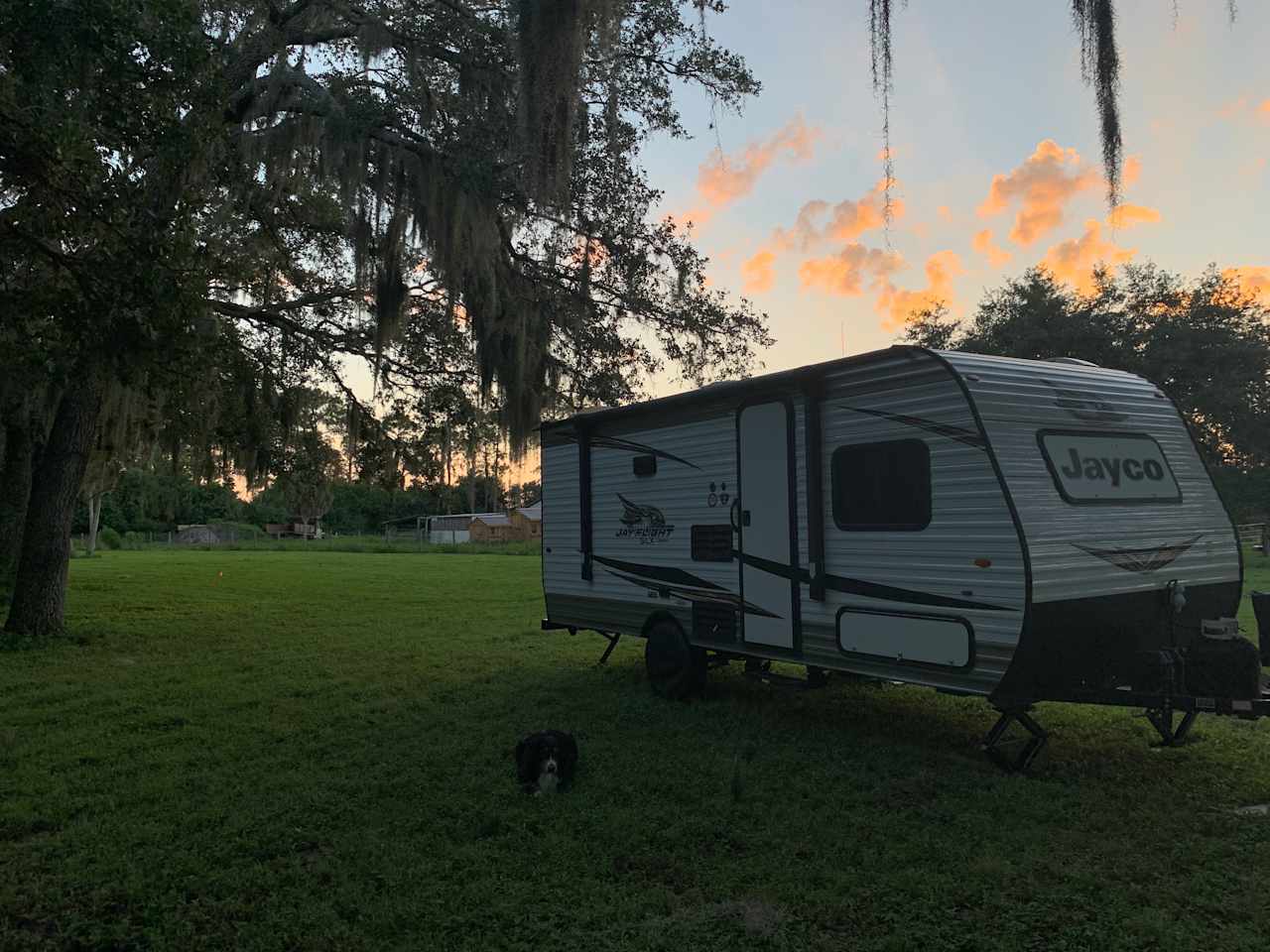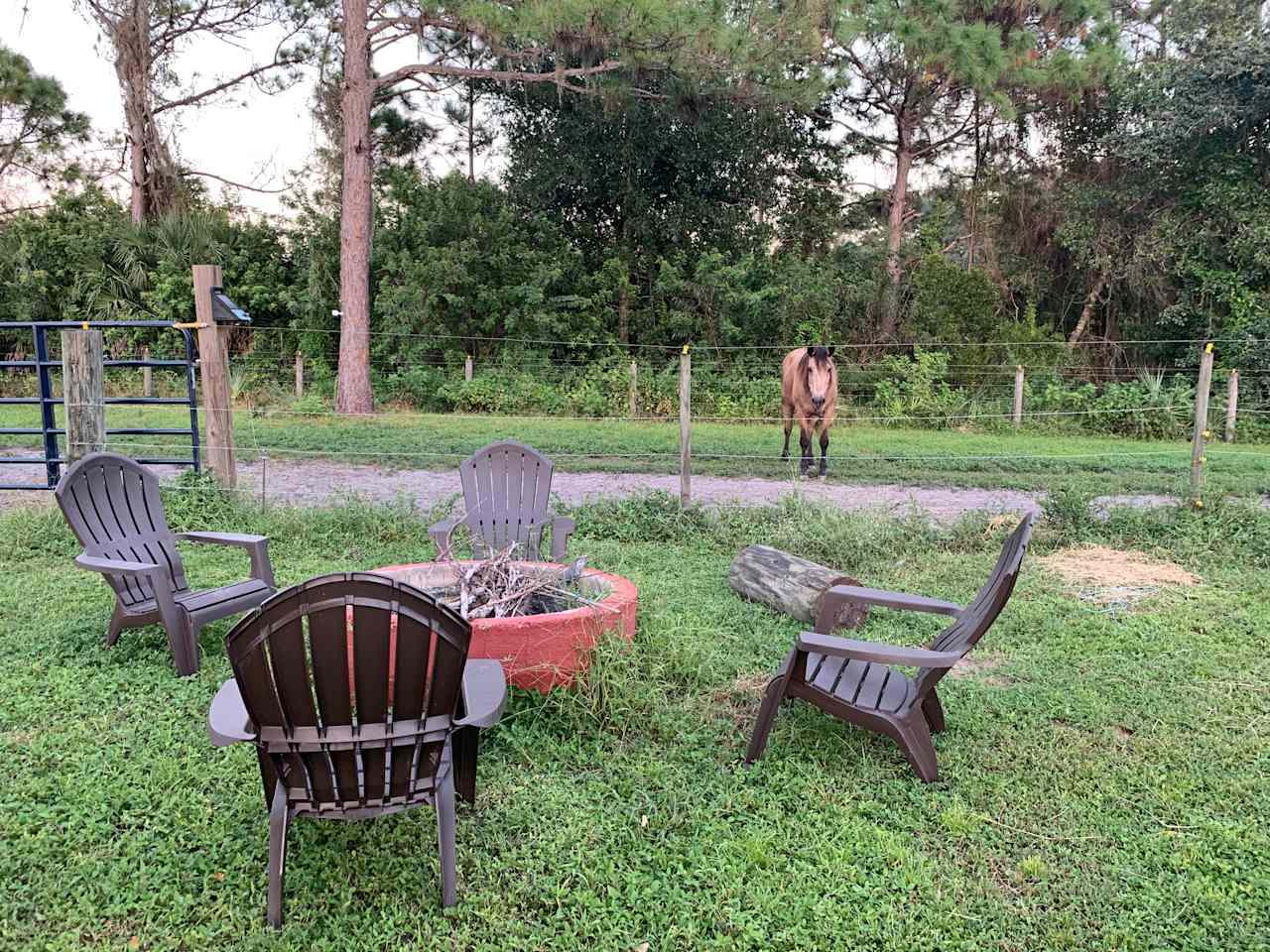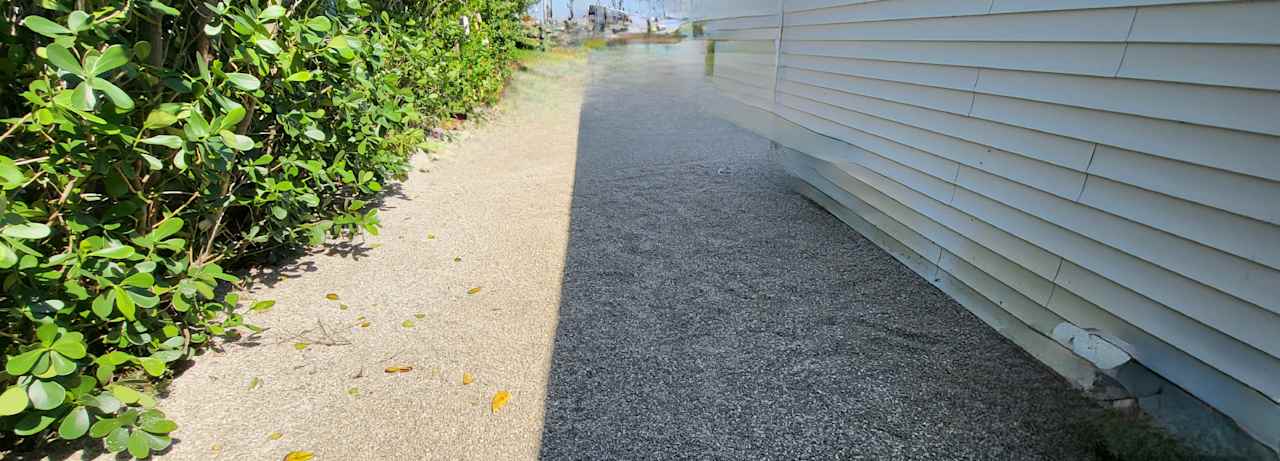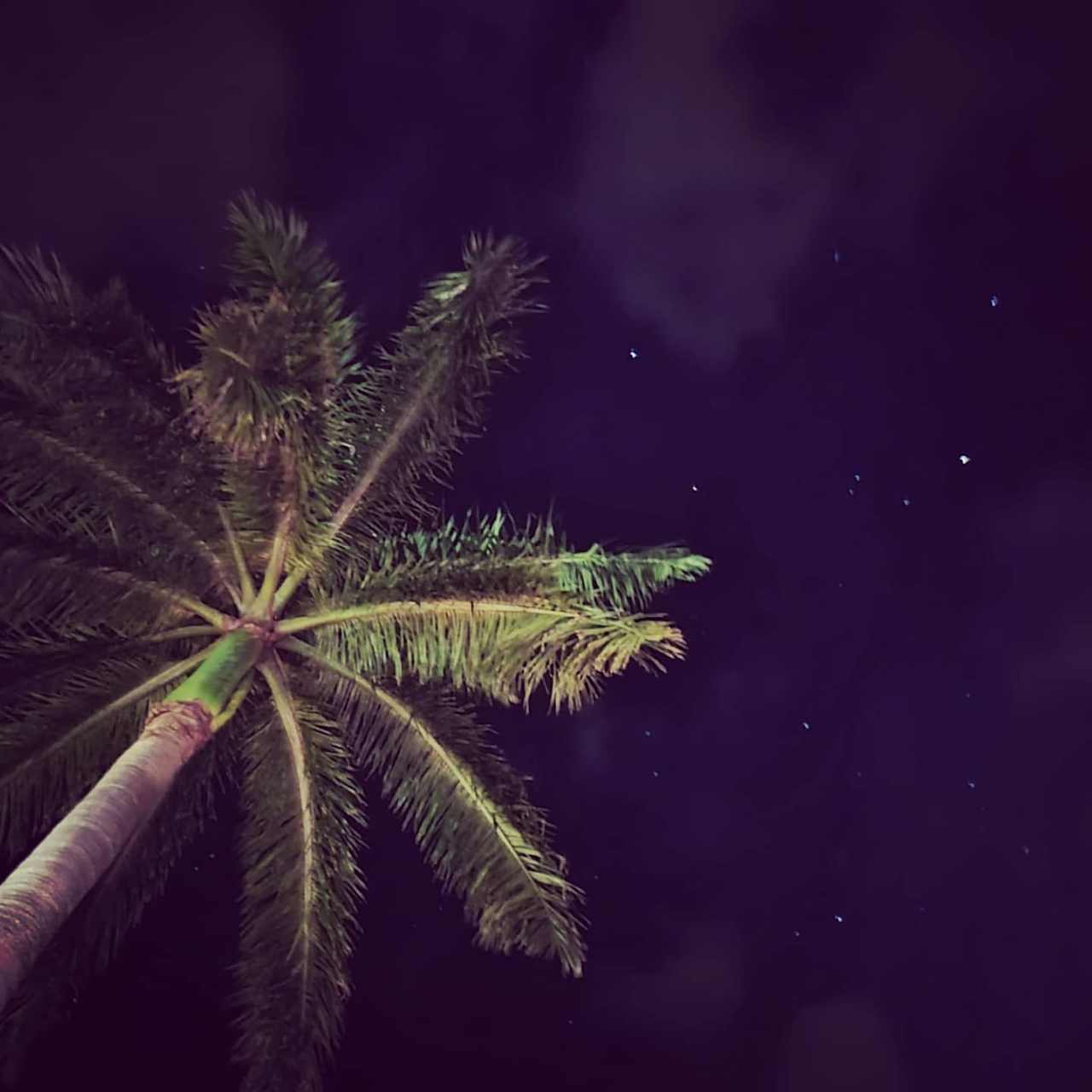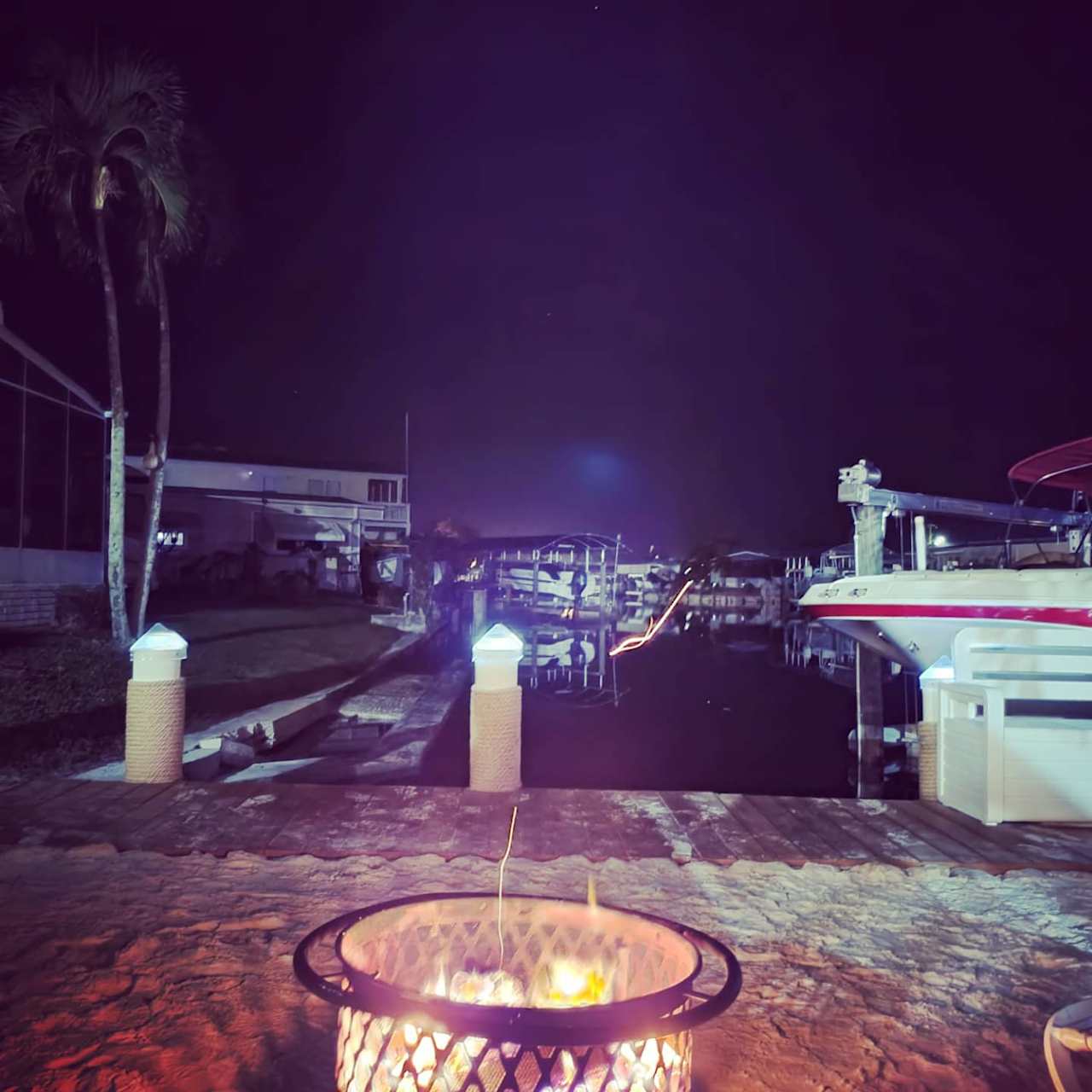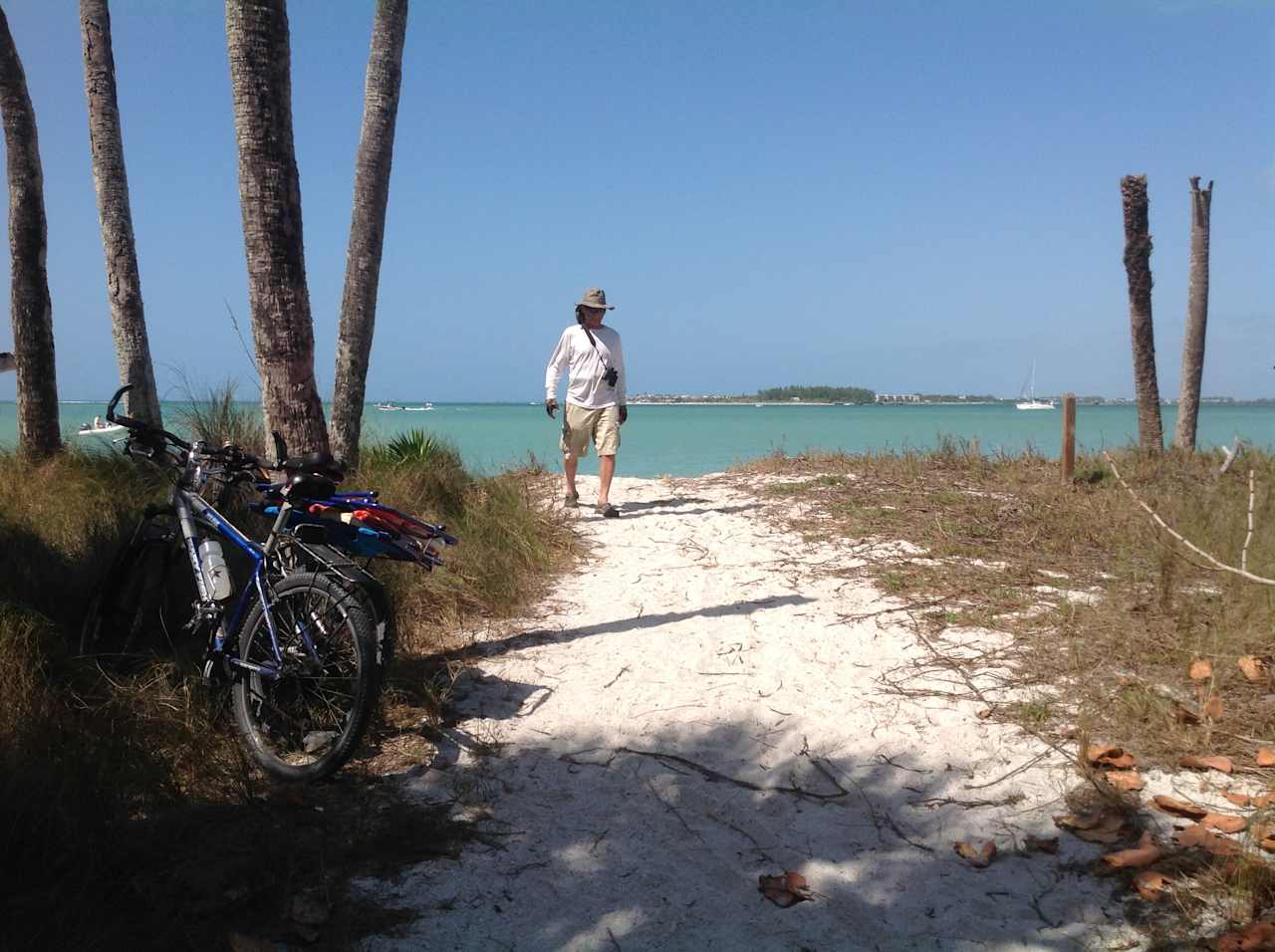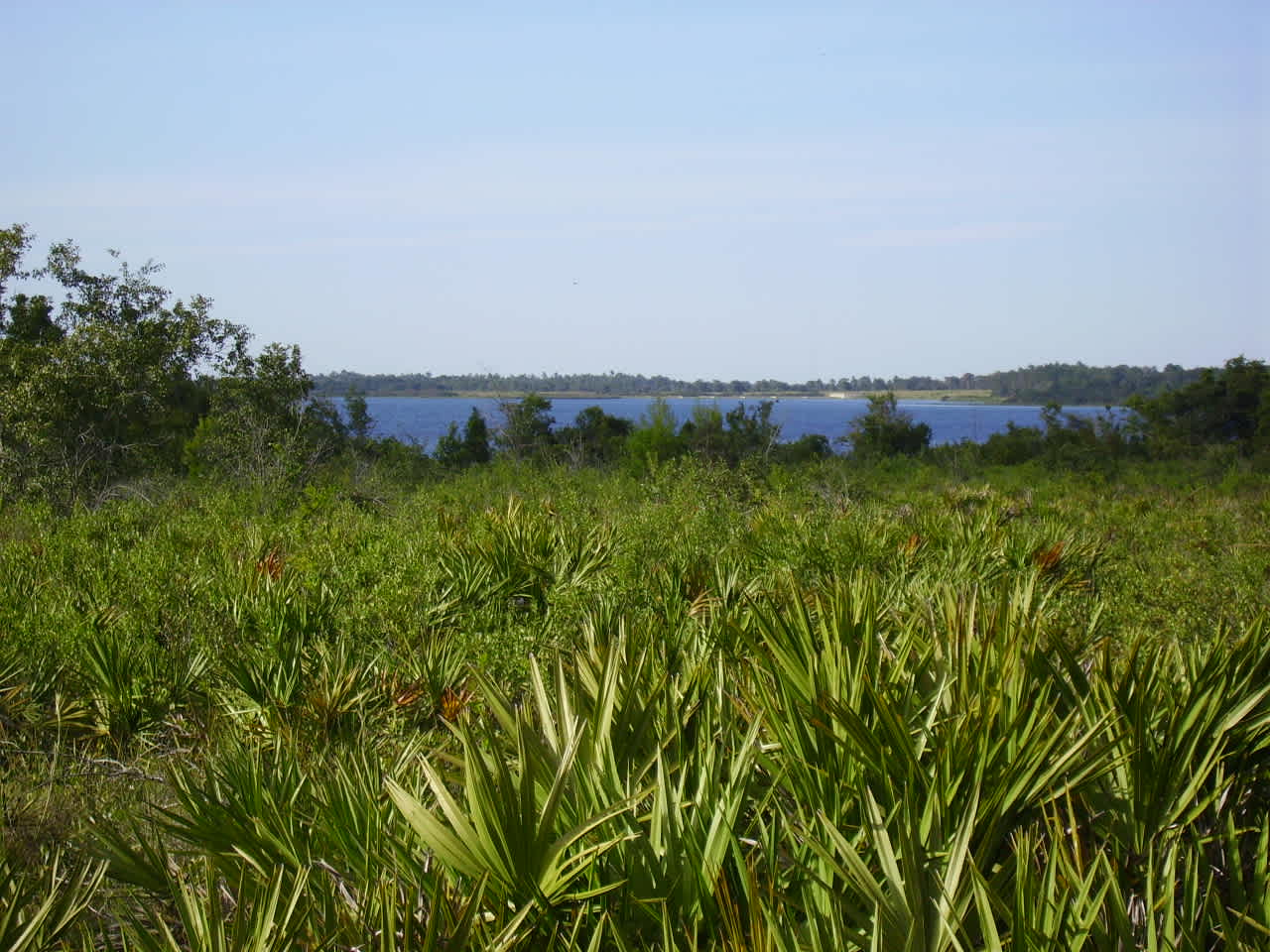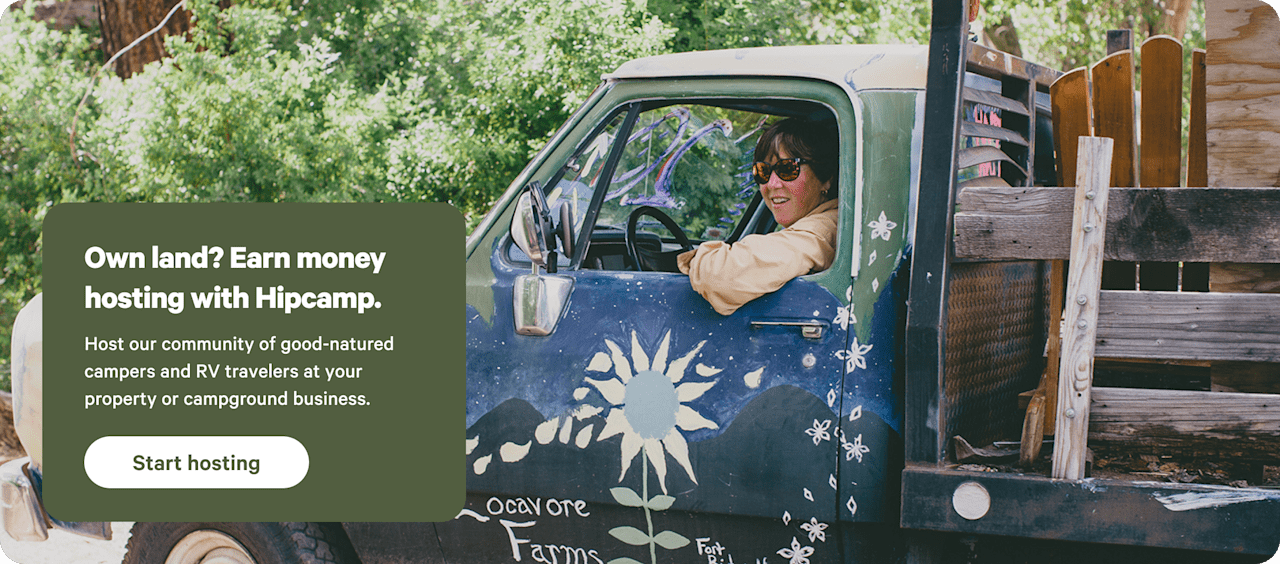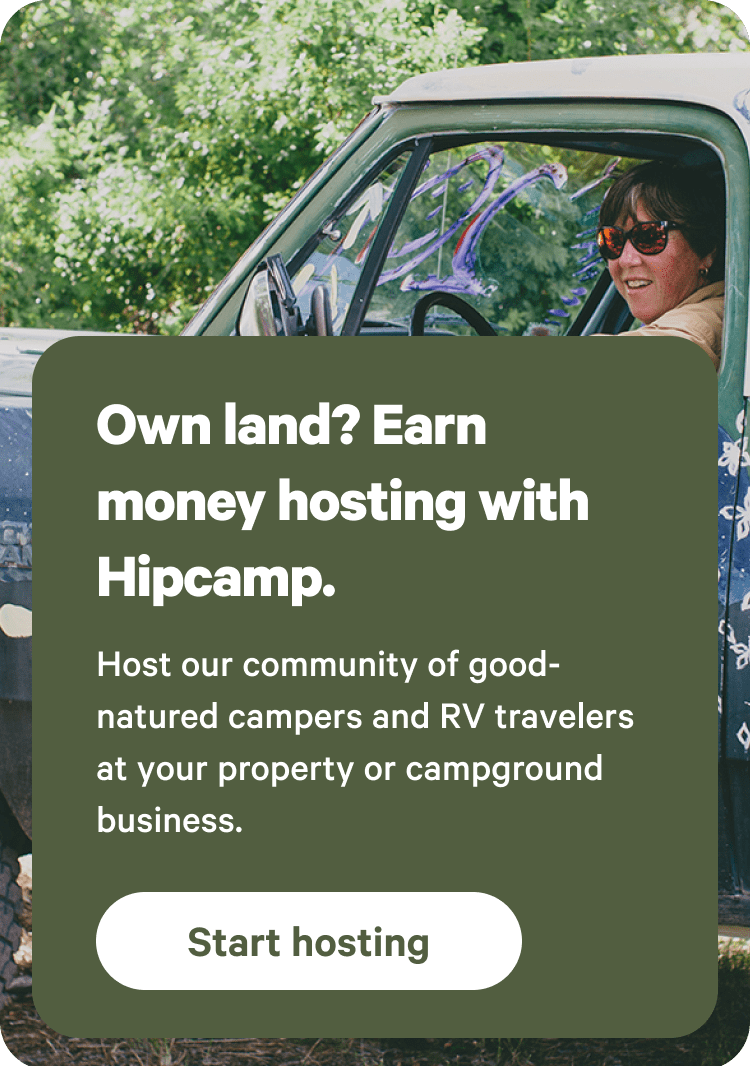Beach camping in Gulf Coast with hiking
With miles of white sand and wetlands, Florida’s Gulf Coast is ideal for warm-weather fun.
- Gulf Coast
Popular camping styles for Gulf Coast
Available this weekend
By the Pond...
Camp Morningside
Bell Oaks Ranch 5 min from Beach
Costa Myakka
Star Hosts in Gulf Coast
By the Pond...
Bell Oaks Ranch 5 min from Beach
Costa Myakka
5 top beach campgrounds in Gulf Coast with hiking
By the Pond...
Bell Oaks Ranch 5 min from Beach
Camp Morningside
Pine Island Paradise!
Costa Myakka
Dog-friendly getaways
Costa Myakka
By the Pond...
Camp Morningside
Pine Island Paradise!
Bell Oaks Ranch 5 min from Beach
Nearby parks
Explore the area’s public lands.
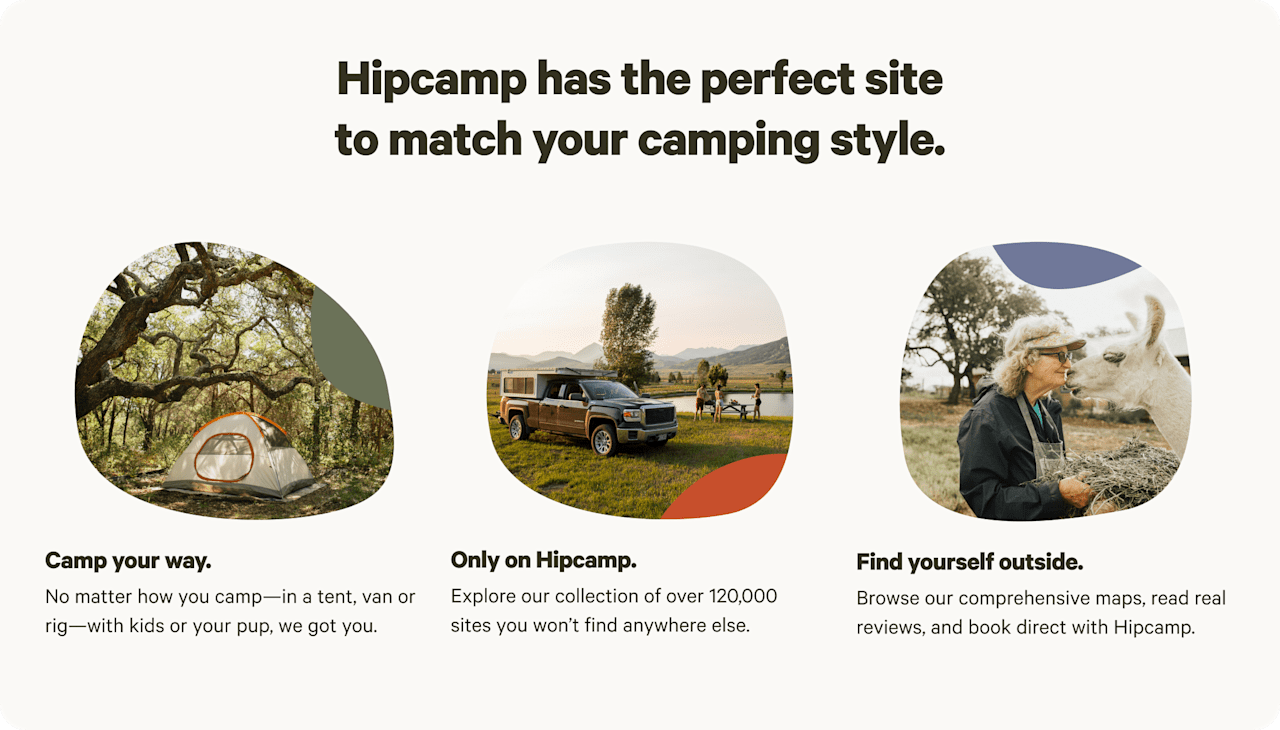

Beach camping in Gulf Coast with hiking guide
Overview
Stretching for around 670 miles, from the border with Alabama all the way down to the tropical Florida Keys, Florida's Gulf Coast is well-known for its cities and vacation areas, but it's also a great spot to get out into nature. Here you'll find white-sand beaches, wildlife-rich bayous, and mile upon mile of protected lands that provide sanctuary to a host of avian species. Camping opportunities in the region are endless, from state-run campgrounds to private RV to intimate Hipcamps, all just a short jaunt from many of the state’s most impressive beaches.
Where to go
The Florida Panhandle
The northwesternmost section of the Gulf Coast, this region offers a great mix of sandy beaches, marshes, and cultural attractions. Spots worth checking out include Big Lagoon State Park in Pensacola and Grayton Beach State Park in Santa Rosa, which offers easy access to the Gulf of Mexico and to a massive lake. Other popular spots in this region include St. Andrews State Park, where you can camp near the beach, and St. George Island, a sandy isle just off the coast of historic Carrabelle.
North Florida
Many of the less-developed beaches on the Gulf Coast can be found along its northern reaches, and much of this part of the state is preserved and protected by the Florida Fish and Wildlife Conservation Commission's wildlife management area program. The area is also a great place to spot manatees, especially in spots such as the aptly named Manatee Springs State Park.
Central Florida
The central part of the Gulf Coast gets plenty of tourists, particularly in popular cities such as Tampa and Sarasota. Fort Myers is another hot spot, providing easy access to beautiful natural areas such as the Six Mile Cypress Slough Preserve and the J.N. "Ding" Darling National Wildlife Refuge.
South Florida and the Keys
You'll find some of the prettiest natural areas in the state at the southern end of Florida’s Gulf Coast, from the Cape Romano - Ten Thousand Islands Aquatic Preserve near Naples to the massive Everglades National Park. At the far end of the state, the Florida Keys feature a mix of developed areas and protected natural spots, including the Great Heron National Wildlife Reserve, where sea birds and turtles flock en masse, to the National Key Deer Refuge which, as the name suggests, protects endemic Key deer.
